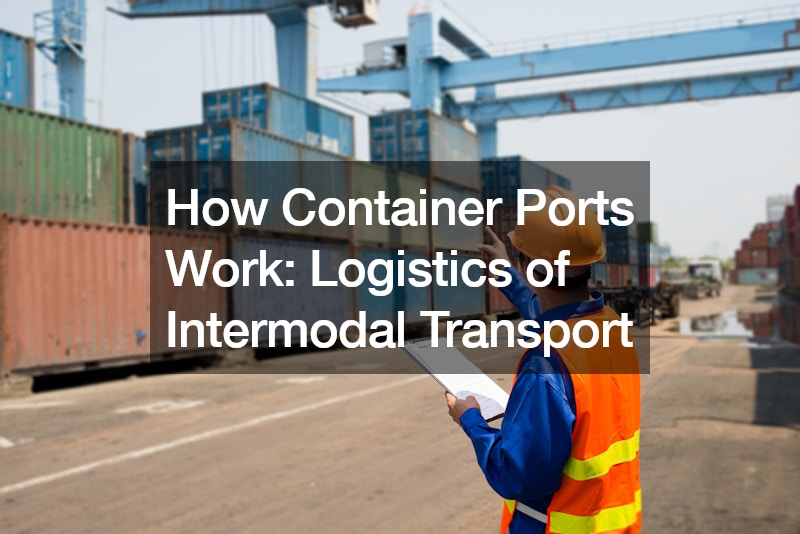Container ports play a pivotal role in global trade and supply chain management, facilitating the efficient movement and transfer of goods between maritime vessels, trucks, trains, and warehouses through intermodal transport systems. The logistics of intermodal transport involve a complex network of infrastructure, equipment, technologies, and operations to ensure seamless and timely cargo handling, storage, and distribution across various transportation modes and geographical locations.
At the heart of container ports are container handling solutions, including state-of-the-art cranes, gantries, and handling equipment capable of lifting, moving, and stacking standard-sized shipping containers with precision, speed, and safety. These specialized container handling solutions enable ports to optimize vessel turnaround times, maximize terminal capacity, and minimize cargo handling costs, contributing to operational efficiency, productivity, and competitiveness in the global shipping industry.
Intermodal transport logistics require meticulous planning, coordination, and collaboration among port authorities, shipping lines, logistics providers, and transportation companies to synchronize schedules, manage cargo flows, and expedite container movements across different transportation networks and distribution channels. Advanced technologies, digital platforms, and data analytics are increasingly being adopted to enhance visibility, traceability, and real-time monitoring of container movements, streamline operations, and improve communication, collaboration, and decision-making across the supply chain.
Embracing innovative container handling solutions, investing in infrastructure development, and adopting integrated logistics strategies enable container ports to adapt to evolving market demands, accommodate increasing trade volumes, and capitalize on growth opportunities in the dynamic and competitive global logistics and transportation industry, supporting economic development, sustainability, and resilience in the global supply chain ecosystem.

